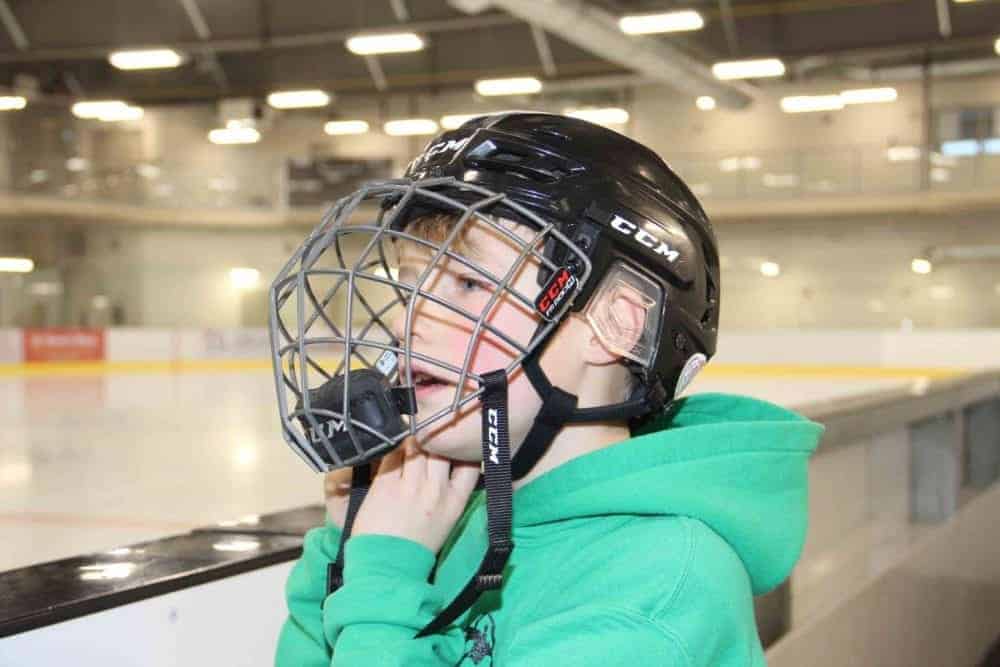New safety rules took effect on Dec. 1 for people using the arena ice surface and outdoor rinks operated by the Town of Hay River.

Paul Bickford/NNSL photo
Glenn Smith, acting director of recreation, said the new rules are safety equipment standards.
"We found that it was kind of loosely defined and needed a bit more refinement in terms of being specific to the different types of usage at the Rec Centre," he explained.
For example, Smith said that, before the new standards, the use of helmets was suggested during public skating.
People could skate without a helmet and many didn't wear one, he said. "During our public skates, there wouldn't be any enforcement of helmets."
There are many changes with the new standards.
For instance, youth aged two to 18 years must wear a Canadian Standards Association (CSA) approved hockey helmet for leisure public skating.
Smith noted the previous safety rules didn't include face masks or gloves for shinny.
Now for shinny at the arena, youth (aged two to 18 years) must wear a CSA-approved hockey helmet, a full face mask and gloves; while adults (19-plus years of age) must wear a CSA-approved hockey helmet, a half face mask and gloves.
Smith noted that almost everyone had been wearing helmets during shinny but it was not required.
The new standards also have been expanded to consider the use of wheelchairs, strollers and skating aids on the ice.
Smith said the new standards will be enforced at the arena by recreation staff.
When people are registering for an activity, there will be checks to see if they meet the equipment standards and users will be monitored by recreation staff when they're on the ice, said Smith.
"And if there isn't compliance, then we will be notifying them that they cannot use the facility at that time," he said.
It is the responsibility of the user to bring equipment and use it properly, he added, "but we do expect it will take some time to transition to people knowing to bring equipment."
Smith noted the town has a small number of helmets available for people to use.
Brandon Humbke and his children were at the arena on Dec. 1, the first day of the new equipment standards.
"My kids always wear helmets, always have," he said. "I think it's important for kids to be wearing helmets on the ice. There's too many injuries involved with kids falling down."
Humbke said, as a parent and a community resident, he is very happy to see the new standards.
The town's two outdoor ice surfaces are not supervised by recreation staff but signs advise users of the requirement for helmets and other safety equipment.
Smith noted that organizations such as minor hockey, rec hockey and figure skating have their own regulations and insurance, and manage their own requirements for safety equipment.